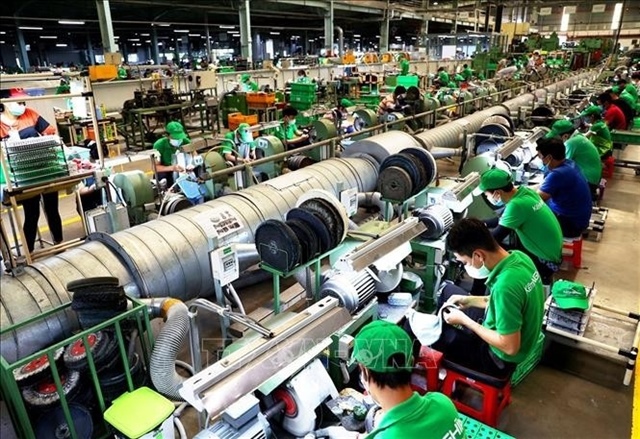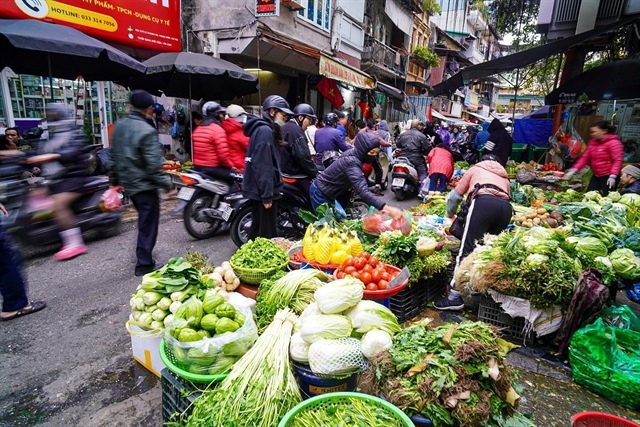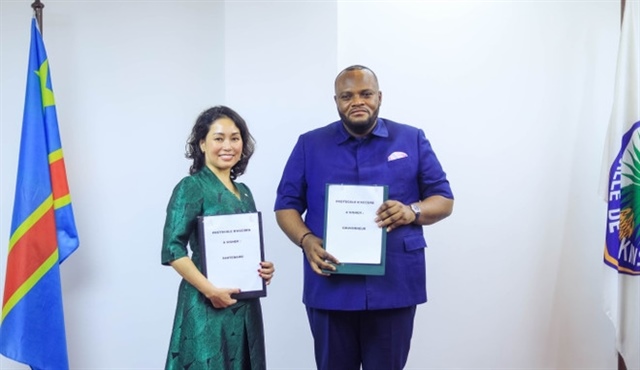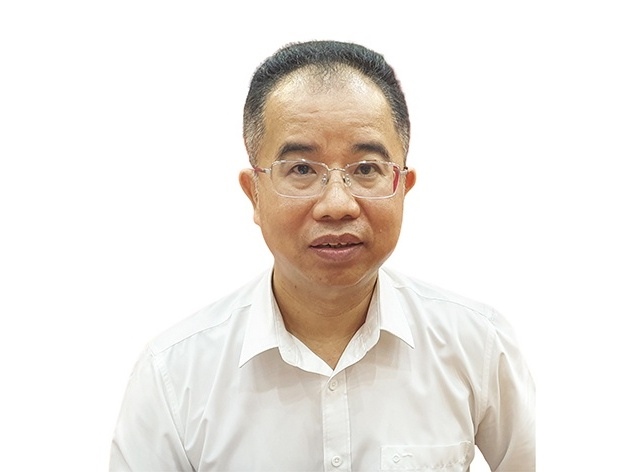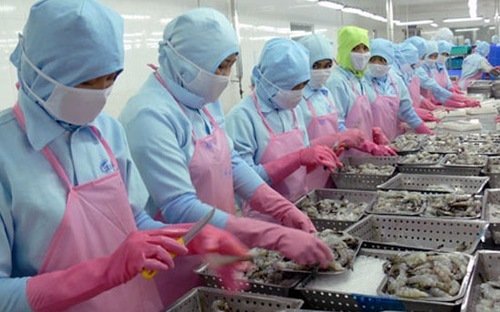Feed-in tariff shortfall puts EU investment off
Feed-in tariff shortfall puts EU investment off
Low feed-in tariffs will continue hampering Vietnam’s ability to attract private power investors.
Last week, the Ministry of Industry and Trade (MoIT) announced its draft amendment of the country’s Power Master Plan VII, which will be submitted to the prime minister this year for approval.
Under the draft, there is no mention of increasing feed-in tariffs at a specific level, one of the primary factors to be discussed, in the eyes of private independent power investors.
According to the MoIT, feed-in tariffs need to be increased to lure private investors, but the time for the increase might not come until 2020.
The current feed-in tariff of 7.8 UScents per kilowatt hour is said by investors to be far too low.
Ywert Visser, chairman of EuroCham in Vietnam’s Green Growth Sector Committee, pointed out that certain key barriers were preventing foreign investors from investing in Vietnam’s sustainable energy sector. These barriers include low or no feed-in tariff for clean energy sources and slow market deregulation (for example direct power sales between wind farm owners and consumers).
According to Visser, investors are also challenged by Vietnam’s lack of transparency, its dialogue relating to policy, and its renewable energy law. Other deterrents are the absence of a five-to-ten year roadmap on power pricing, individual support policies not being followed up by guidance for investors, and the fact that existing incentives are difficult to attain.
He stressed that “Low feed-in tariffs remain a problem,” and asked, “will foreign investment still come to Vietnam if the power price increases?”
Experts from the EU agreed that Vietnam would find it difficult to attract foreign power developers if it continued applying low feed-in tariffs under the new Power Master Plan VII.
Jos Jonckers, deputy head of the European Commission’s Unit for Geographical Co-ordination in Asia and the Pacific, said a good policy for power market development must be made through open dialogue with investors.
“If Vietnam wishes to build a market-driven energy sector, it must give sufficient incentives to investors. Still the problem is whether the government wants to attract foreign investors into developing renewable energy projects or not,” he said.
According to Jonckers, competitive feed-in tariffs have been crucial to the investors’ decision to pour money into energy projects in any nation. In the case of Vietnam, European investors would invest more in Vietnam’s energy projects if its government offered them specific incentives.
According to EuroCham in Vietnam’s Whitebook, which was released in late last year, as the country with the highest potential for wind power in the region, Vietnam has received a lot of interest from international investors and some projects have been registered. However, the implementation of projects is often hampered by the current feed-in tariff of 7.8 UScents per kWh, which is not sufficient to recover the cost of investment.
“As a result, most wind power developers failed to secure financing, because the current tariff is not bankable. In our view, a feed-in tariff of at least 11.5 cents per kWh is required to reach the target of 1,000 megawatts of wind power by 2020, as set forth in the Power Master Plan VII,” said the book.



